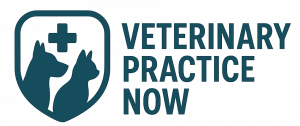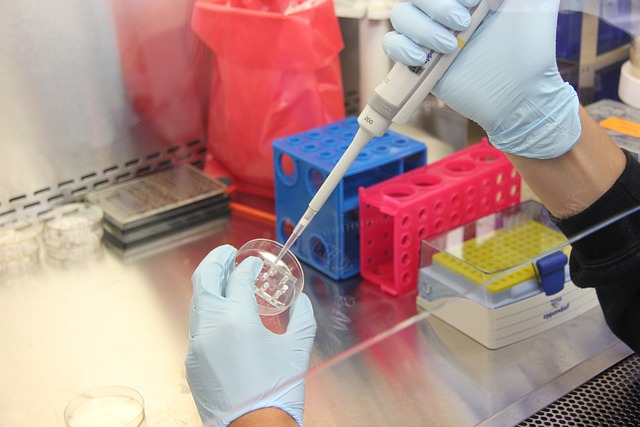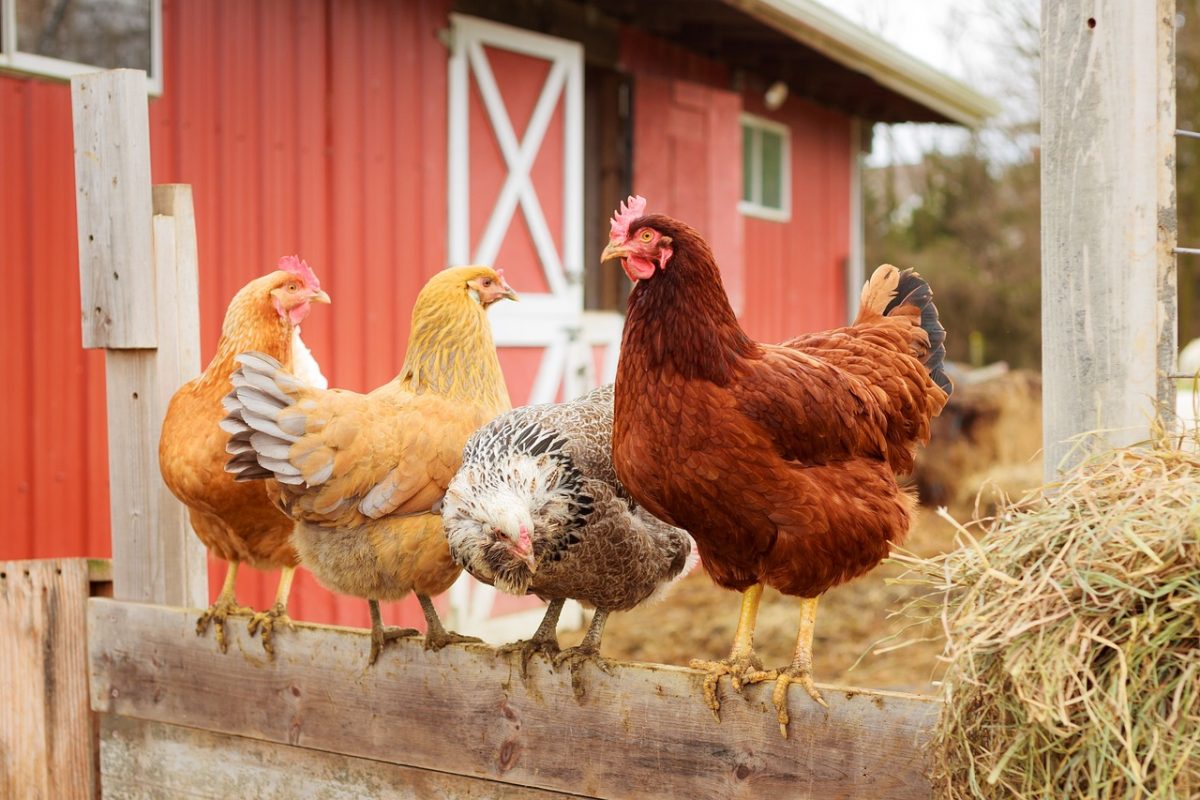In an ever-evolving ecosystem, the health and well-being of our pets and livestock stand as crucial pillars in maintaining the balance of our communities. Recently, a profound study conducted by the esteemed Kansas State University’s laboratory has unearthed invaluable insights into the myriad diseases lurking within the heartland of Kansas, posing significant threats to our beloved animal companions and the livelihoods of livestock owners alike.
Delving into the intricate fabric of this groundbreaking study, we uncover a tapestry woven with the threads of meticulous research and a commitment to understanding the nuances of disease dynamics in the region. Through tireless efforts, the researchers have identified a spectrum of diseases casting shadows over the Kansas landscape, each with its unique implications for both pets and livestock.
Among the findings of the K-State lab study are revelations about the prevalence of diseases such as [mention specific diseases mentioned in the original article, such as “canine influenza” or “blackleg disease in cattle”]. These discoveries not only shed light on the existing threats but also underscore the importance of proactive measures in disease management and prevention.
The study’s comprehensive approach encompasses a range of methodologies, from epidemiological surveys to laboratory analyses, providing a holistic understanding of disease patterns and transmission dynamics. By unraveling the intricate web of interactions between pathogens, hosts, and environmental factors, researchers can pinpoint vulnerabilities and develop targeted interventions to mitigate disease risks effectively.
Moreover, the implications of these findings extend beyond the realms of veterinary medicine, resonating with broader themes of public health and agricultural sustainability. Recognizing the interconnectedness of human, animal, and environmental health, stakeholders across diverse sectors are called upon to collaborate in safeguarding the well-being of our communities and ecosystems.
In conclusion, the K-State lab study stands as a beacon of knowledge in navigating the complex landscape of diseases threatening Kansas pets and livestock. Armed with these insights, we are empowered to take proactive steps in disease surveillance, prevention, and management, ensuring the resilience of our animal populations and the sustainability of our agricultural enterprises.
As we embark on this journey towards a healthier and more resilient future, let us heed the lessons learned from this pioneering research and unite in our efforts to protect the well-being of our cherished companions and the vitality of our agricultural heritage. Together, we can forge a path towards a brighter tomorrow, where the bonds between humans, animals, and the environment flourish in harmony.



